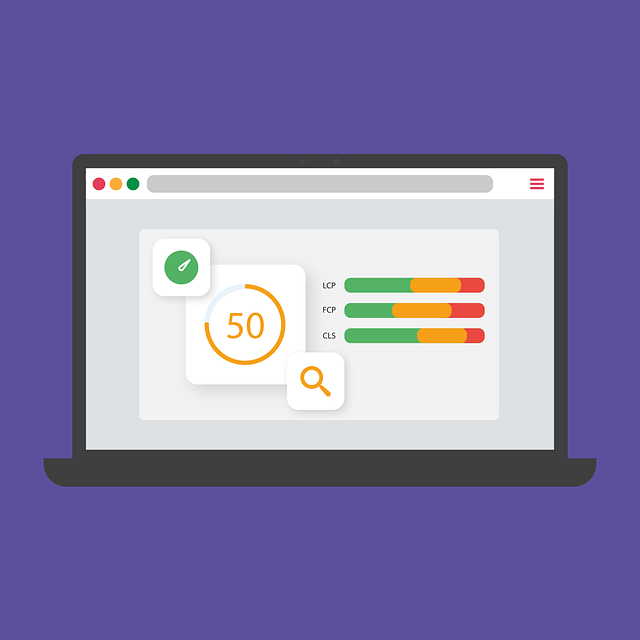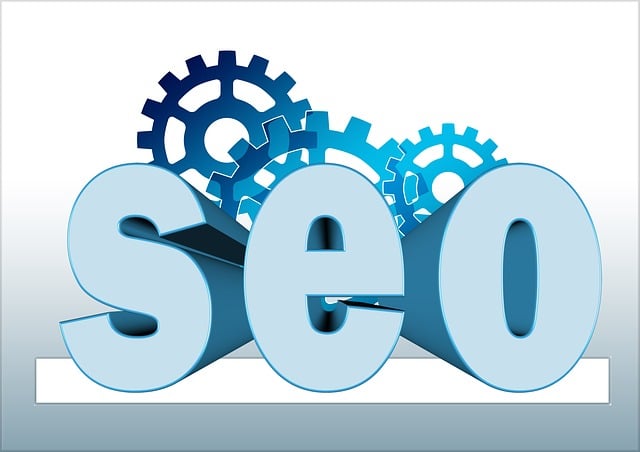Server-Side SEO is crucial for optimizing websites by focusing on server performance, including load time, interactivity, and visual stability (Core Web Vitals). Strategies like code compression, browser caching, CDNs, mobile optimization, and SSL/TLS certificates directly impact these vital metrics. Core Web Vitals Optimization improves user experience, reduces bounce rates, and boosts search engine rankings by addressing issues on the server level. Regular monitoring using analytics tools is key to refining server performance and ensuring continuous SEO improvement.
In today’s digital landscape, Server-Side SEO is a powerful tactic to elevate your website’s visibility. This comprehensive guide explores crucial strategies to optimize your site from the server level up, focusing on Core Web Vitals as search engines increasingly prioritize user experience. From reducing page load times and enhancing mobile-friendliness to implementing Content Delivery Networks (CDNs) and securing SSL/TLS certificates, each tactic contributes to a seamless browsing experience. Learn how these techniques empower your website to rank higher and attract more organic traffic.
Understanding Server-Side SEO and its Impact on Core Web Vitals

Server-Side SEO is a crucial aspect of optimizing websites for search engines, focusing on enhancing the visibility and performance of web pages from a server’s perspective. It involves implementing strategies to ensure that your website’s code, content delivery, and overall infrastructure meet the requirements of modern search engine algorithms. By understanding Server-Side SEO, developers can directly impact the Core Web Vitals—a set of metrics evaluating user experience on a webpage.
These Core Web Vitals include load time, interactivity, and visual stability, all of which are essential for retaining users and reducing bounce rates. Optimizing these factors involves efficient code compression, leveraging browser caching, and ensuring fast response times. Server-Side SEO tactics play a pivotal role in achieving these optimizations, directly contributing to a website’s overall search engine rankings and user engagement.
The Role of Page Load Time in Server Optimization

In the realm of server-side SEO, page load time plays a pivotal role in optimizing user experience and search engine rankings. With core web vitals emerging as crucial metrics for evaluating website performance, every millisecond counts. Fast loading pages not only enhance user satisfaction but also signal to search engines that a site is efficient and reliable, leading to better visibility and higher positions in search results.
Server optimization strategies should focus on minimizing page load times through various tactics such as code optimization, leveraging browser caching, and implementing content delivery networks (CDNs). These techniques collectively contribute to Core Web Vitals Optimization, ensuring that websites deliver a seamless experience for users while meeting the stringent standards set by modern search engines.
Techniques for Enhancing Mobile-Friendliness at the Server Level

Ensuring mobile-friendliness is an essential aspect of Server-Side SEO, as a significant portion of web traffic now originates from mobile devices. Optimizing for Core Web Vitals is a powerful technique to enhance user experience on these smaller screens. Core Web Vitals focus on key metrics like load time, interactivity, and visual stability, all crucial factors for mobile users’ satisfaction. By implementing efficient server-side practices, such as optimizing image sizes, compressing code, and leveraging browser caching, websites can reduce page load times dramatically, especially on slower connections.
Additionally, server-level adjustments can ensure responsive design, where the website dynamically adapts to different screen sizes. This involves using flexible layouts, media queries, and fast loading alternatives for content delivery. Such techniques not only improve mobile search rankings but also contribute to better overall user engagement, leading to lower bounce rates and higher time spent on page.
How to Implement Effective Content Delivery Networks (CDNs)

Implementing an effective Content Delivery Network (CDN) is a strategic move to enhance your Server-Side SEO, particularly in optimizing Core Web Vitals. CDNs distribute content across multiple servers in various geographical locations, ensuring that users from around the globe access content from the nearest server. This reduces latency, resulting in faster page load times and improving scores in Core Web Vitals metrics like Largest Contentful Paint (LCP) and First Input Delay (FID).
When setting up a CDN, choose a provider that offers low-latency servers and advanced caching mechanisms. Configure your website to leverage the CDN for static assets, such as images, CSS, and JavaScript files. This offloads the load from your origin server, improving its performance and allowing it to focus on dynamic content generation. Regularly update and monitor your CDN settings to ensure optimal delivery, especially when introducing new content or design changes that may affect load times.
Security Measures: Protecting Your Site with SSL/TLS Certificates

Implementing robust security measures, such as SSL/TLS certificates, is an integral part of Server-Side SEO tactics. These certificates encrypt data transmitted between your server and users’ browsers, safeguarding sensitive information and enhancing user trust. With a focus on Core Web Vitals Optimization, secure connections are crucial for improving page load times and reducing bounce rates, thereby boosting overall site performance and search engine rankings.
Beyond the technical benefits, SSL/TLS also signals to search engines that your website prioritizes user privacy and data security. This can positively impact your site’s credibility in the eyes of both users and search algorithms, contributing to a healthier online presence and better visibility on search engine result pages (SERPs).
Leveraging Server Configuration for Better Search Engine Crawlability

Monitoring and Analyzing Server Performance for Continuous SEO Improvement

Monitoring and analyzing server performance is an integral part of continuous SEO improvement. By keeping a close eye on metrics such as page load time, server response time, and bounce rate, website owners can identify bottlenecks that hinder user experience. These insights are crucial for implementing effective Server-Side SEO tactics, like Core Web Vitals Optimization, which focuses on improving key performance indicators (KPIs) that search engines use to rank websites.
Utilizing analytics tools and monitoring platforms allows for data-driven decisions. Website administrators can track changes after implementing optimizations, ensuring that adjustments lead to positive outcomes in terms of user satisfaction and search engine rankings. Regular analysis enables proactive measures, fostering a dynamic approach to SEO where the server’s performance is continually refined for optimal results.
